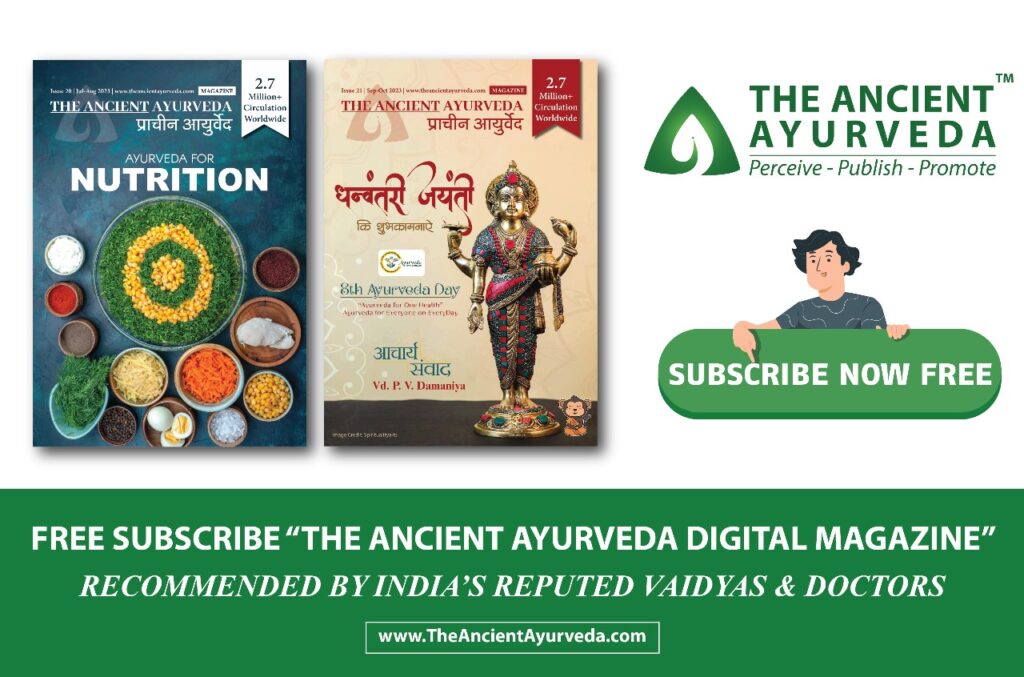Old age is an important phase of life. As the age progresses, problems and difficulties related to it, also increase. Along with grey hair and wrinkles, ageing also affects physical, mental, and emotional wellbeing. As a person gets promoted to senior citizen, the need for a gentle form of exercise becomes more and more important. Hence principles of Yoga can be introduced in a mild form in Geriatric Care. Geriatric care is the branch for the specialized health and wellness services provided to the elderly. Yoga is not only for the young, but also a science that is suitable for all people in all walks of life.
How Yoga helps the Elderly?
As one steps into the 60’s, physical as well as mental ailments accompany him. Hence it is important to have Yoga as a companion. Sleeping problems, digestive problems, pain, lack of balance are the common problems that affect the physical wellbeing of an aged person. Yoga plays a key role in uplifting the physical as well as mental health and wellbeing.
The health attributes of Yoga are the following-
- Improves sleeping habit
- Enhances muscle strength
- Improves balance and coordination
- Increases flexibility
- Improves blood circulation
- Corrects digestive problems
- Improves wellbeing and quality of life
- Ensures Cardiac health
- Facilitate deeper breathing
- Reduce stress, anxiety and boost mental health.
Yoga for Elderly-
A 30-minute yoga routine can be added to the daily schedule. This consist of chair yoga and suksma vyayama of upper and lower limb.
Chair Yoga-:
It is a gentle form of yoga for the elderly. This form of exercise is a boon to the elderly citizens to reap the health benefits of yoga. The chair yoga provides proper support and balance during the yoga practice.
Chair Spinal Twist- Begin the practice by sitting on a sturdy and comfortable chair. Rotate your body in one direction. Use the hands to grab onto your leg or the chair and pull yourself into a slightly deeper twist stretch. Hold for 1-2 seconds and then release, return to centre, and repeat on the other side.
Chair Forward Bending (Paschimottanasana)- Sit on the chair and slowly exhale and bend forward and place the hands over the floor. On an inhalation, raise the arms and slowly lift the body.
Chair Upward Hand Stretch- Inhale and slowly roll up as you extend your arms above your head, holding your hands together. Then exhale and slowly bring down the hands.
Chair Gomukhasana- Sit straight on a chair. Slowly raise right hand above head, flex it at elbows and place it on upper back. Slowly flex the left hand behind the spine. Try to form a hook with both hands. Hold the posture for a few seconds and then release the hook. Bring the hands forward.
Sukshma Vyayama of Upper Limb and Lower Limb
- Hand Clenching- Open the hands and stretch the fingers. Inhale on opening the hands and exhale on closing the hands. Repeat 5 times
- Wrist Bending- Stretch the arms in front of the body. Keep the palm open and fingers pointing towards the ceiling. Perform backwards and forward movement of wrist. Inhale on backward movement and exhale on forward movement.
- Wrist Joint Rotation- Make a fist with the hand. Slowly rotate the wrist in clockwise and anticlockwise directions. Make sure to keep the arms and elbows in a straight line.
- Elbow Bending- The hands should be open with the palms facing up. Bend the arms at the elbows and touch the fingers to the shoulder. Straighten the arm again. Inhale while straightening the arms and exhale while bending the arms.
- Shoulder rotation- Place the fingers of right hand on right shoulder and fingers of left hand on left shoulder. Slowly rotate clockwise and anticlockwise.
- Neck Movements-
- Sideways Bending- Move the head to right and try to touch the right ear to right shoulder (Do not raise the shoulders). Repeat the same in left side.
- Neck Rotation- Slowly rotate the head downward, to the right, backward and then to left side in a relaxed, smooth, rhythmic, circular movement.
- Toe Bending- Sit in any comfortable posture. Move the toes of both feet backwards and forward. Inhale as the toes move backward and exhale when toes move forward
- Ankle Bending- Slowly move both feet forward and backward, bending them from the ankle joints. Inhale as the feet move backward and Exhale as the feet move forward.
- Ankle Rotation- Keep both the feet together. Slowly rotate the ankle joint in a clockwise manner for 5 rounds and then slowly rotate it in the anticlockwise direction.
- Knee Bending- One may practice this by sitting on a chair. Keep the leg straight. Clasp the hands under the right thigh and bend right knee. Bend the knee and bring it as close to the chest region. Then slowly straighten the leg. Repeat the same on left side. Inhale while straightening the leg and exhale while bending the leg.
Precautions-
- Take adequate rest in between each Asana. Do not over strain.
- Make sure to remain properly hydrated during practice
- Synchronize breathing with each exercise
- Discontinue the exercise when pain is felt
- Start slowly and give yourselves time to adapt to the new postures.
Yoga can be advised for all persons. One has to identify his limitations and start the practice. Yoga is a great way for the elderly to loosen and strengthen their muscles and joints, to reduce stress and to improve balance. Hence together, let us incorporate Yoga into the lives of elderly and let them enjoy this old age phase in a better way.
Ageing is not lost youth but a new stage of
opportunity and strength.
-Betty Friedan

